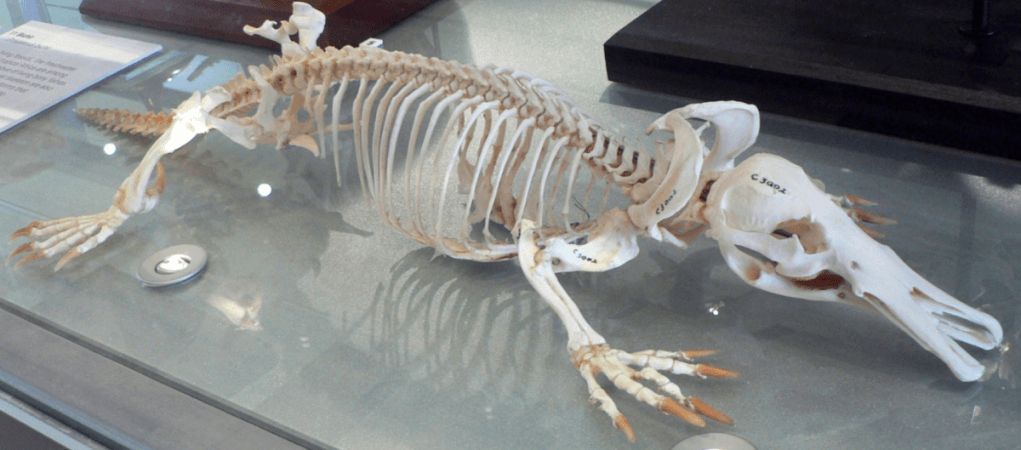
The platypus, an animal endemic to Australia, has been a popular case study for evolutionary scientists, because it features attributes of mammals, reptiles, and birds. But now, it has caught the attention of medical researchers for its effect on the toughest of bacteria.
Among its physical traits, the platypus, a mammal, exhibits a weird duck-like bill, venom-filled ankle spurs (in males) and also lays eggs, like other monotreme mammals. Being a mammal, it also produces milk to feed its young, and it was during research on its milk that Australian scientists discovered a new protein that has strong antimicrobial properties.
Scientists at Commonwealth Scientific and Industrial Research Organisation (CSIRO) working with Deakin University believe that the newly discovered protein in platypus milk is potent to enough to combat the antibiotic-resistant superbugs and save a lot of human lives.
Why platypus milk has such high anti-microbial strength?
Unlike other mammals, the female platypus, despite having mammary glands, doesn't feature teats. Instead, the milk pours out of skin pores. The milk pools in grooves on the abdomen, allowing her young to suck it up.
Furthermore, the newly hatched babies are blind, hairless and have low immunity at birth. Since the milk is exposed during the feeding, the younglings are vulnerable to various types of dangerous microbes, be they bacteria, fungi, and parasites.
Apparently, the newly discovered protein has strong anti-microbial capabilities to prevent platypus babies from getting sick and help reach the pre-adult stage.
Australian scientists using molecular biology and a synchrotron (a cyclic particle accelerator) have succeeded in artificially creating the protein at the CSIRO's state-of-the-art Collaborative Crystallisation Centre.

Due to its ringlet-like formation, the newly discovered protein is called 'Shirley Temple', a tribute to the former Hollywood child-actor's distinctive curly hair. Researcher hope it will aid in developing potent medicines to fight superbugs.
In 2014, the World Health Organization (WHO) released a report stating that the spread of drug-resistant microbes had reached an alarming level globally. Once easily curable bacterial and other forms of microbial infections are now becoming resistant to antibiotics, and in some cases, cause deaths.
The primary reason behind this is the widespread use of antibiotic medication for even small infections, and thereby inhibiting the body from strengthening its own immune system. It is the body's immunity that does most of the fighting of any infection, while the antibiotics just give a helping hand.
Also, over a period of time, infectious microbes evolve to develop resistance to the antibiotics and pass on that resistance to the next generation, making them superbugs.
"An increasing number of governments around the world are devoting efforts to a problem so serious that it threatens the achievements of modern medicine. A post-antibiotic era – in which common infections and minor injuries can kill – far from being an apocalyptic fantasy, is instead a very real possibility for the 21st Century," WHO report states.
CSIRO and Deakin University are seeking collaborators to take the research on Platypus' life-saving protein to the next stage.















